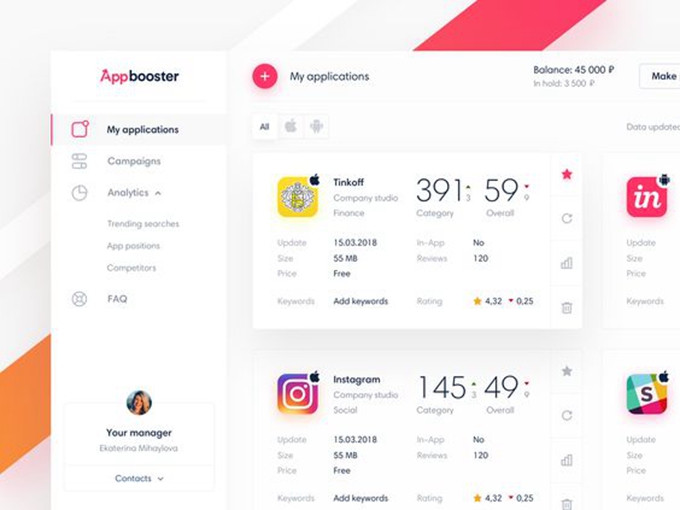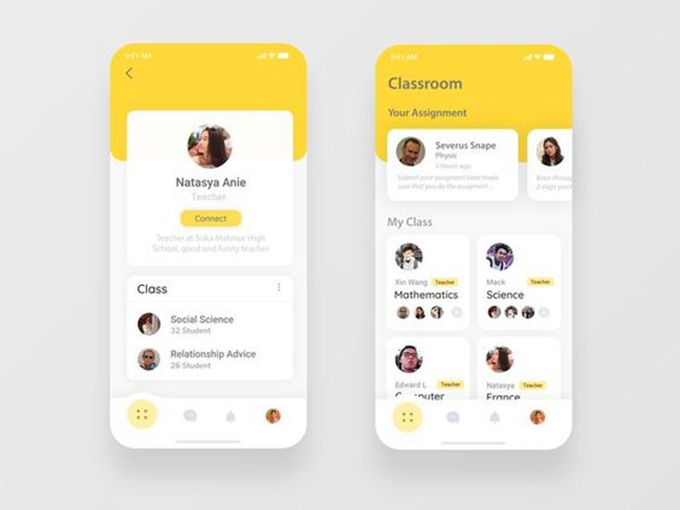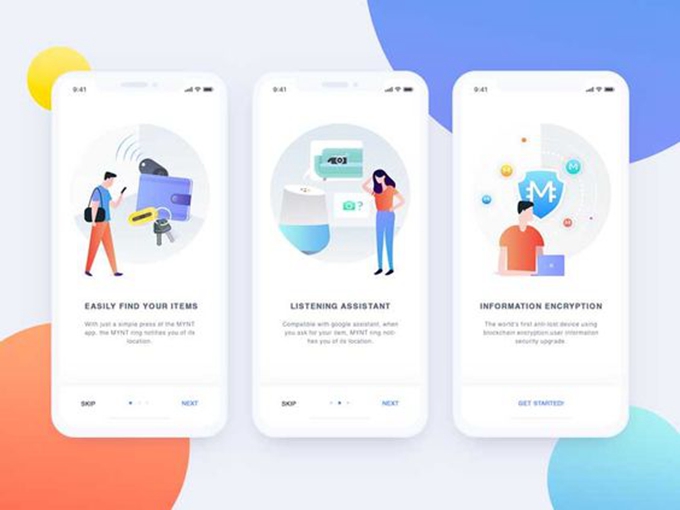From the early days of interacting with machines, we’ve got been in search of methods to make communication extra humane. Now, Zero Consumer Interface is making it attainable for computer systems to adapt to customers and communicate our language.
Table of Contents
As coined by Andy Goodman in 2015, zero UI is “the brand new paradigm of design when our interfaces are now not constrained by screens, and as a substitute flip to haptic, automated, and ambient interfaces.” Whereas it would sound futuristic, it’s not a brand new concept. The truth is, you most likely already use it in your day-to-day life. From asking Apple’s Siri concerning the climate to commanding your Amazon Echo to play your favourite music, interface-less expertise is throughout us — and it’s catching on. In the present day, 35% of adults within the US personal a sensible speaker.
What’s extra, the COVID-19 pandemic has made us cautious of contact like by no means earlier than.
62% of shoppers anticipate to extend their use of hands-free applied sciences as soon as the pandemic subsides.
So, it’s clear touchless expertise has gained floor. However will it actually mark the tip of our screen-based world? And what does it imply for the way forward for design?
Earlier than we leap to predictions, let’s have a look again on the evolution of interfaces to see how totally different improvements have formed these new types of interplay.
Altering the foundations of human-machine interplay
From programming computer systems with punch playing cards to automating duties with a command line, speaking with machines has all the time meant talking their language.
It wasn’t till the graphical person interface (GUI) happened within the Nineteen Seventies that issues began getting simpler. Corporations started investing in methods for odd folks to speak with computer systems. Then, in 1983 got here Apple’s Lisa — a major second within the evolution of UI. Outfitted with on-screen graphics, a keyboard, and a mouse, it was the primary industrial laptop usable by folks with no particular coaching.
A decade later, laptops overtook desktops and the mouse and keyboard continued to enhance. We noticed the launch of the hand-held PalmPilot, and voice made its debut with Dragon Naturally Talking, the primary speech recognition product for shoppers.
Contact interfaces took off dramatically due to the launch of the iPhone in 2007 and the iPad in 2010. Then got here the Siri voice assistant in 2011, setting the usual for what was to come back. Since then, contact and voice UI have turn out to be a ubiquitous a part of our on a regular basis lives.
One other large milestone was the rise of extra immersive interfaces primarily based on AR and VR applied sciences which turned mainstream with the Pokémon Go craze that took the world by storm in 2016.
Bringing the human again to computing
When you look again on the evolution of interfaces, it’s clear that UI design is heading in the direction of extra human types of interactivity. By eradicating the bodily interfaces and unnatural behaviors we’ve turn out to be accustomed to, speaking with our gadgets is slowly changing into a extra pure expertise. In different phrases, we’re lastly instructing machines the best way to communicate our language.
That’s what zero UI is all about: transferring away from the display and making the most of knowledge and context to create a extra seamless person journey.
It’s the idea of interacting with our gadgets via utilizing pure gestures: voice, motion, or facial patterns.
Not solely can zero interface expertise cut back our reliance on screens — one thing that’s confirmed to enhance our well being and reference to others — however it could actually additionally make expertise extra helpful, secure, and inclusive than ever earlier than.
Designing experiences past the display
One spectacular software of zero UI that’s making driving safer is BMW’s Gesture Management System. No extra taking your eyes off the street to fumble with buttons or a touchscreen. As an alternative, due to sensors constructed into the roof, you need to use easy hand gestures to simply accept cellphone calls, flip up the quantity, and even set navigation locations.
Seeking to decrease your power invoice? There’s a zero UI software for that, too. Nest Thermostat learns what temperature you favor and builds a schedule round it. Not solely can it save power by detecting while you’re not house, however it could actually additionally provide you with a warning when there’s cleaner or cheaper power accessible.
“Alexa, activate the lights.” “Alexa, ask Uber for a trip.” Sensible audio system make the mundane extra handy, however additionally they open up many new and thrilling methods to make tech extra inclusive. With an growing older inhabitants, and over one billion folks worldwide experiencing some type of incapacity, it’s not exhausting to think about how these voice-activated options might be life-changing for the aged or disabled.
Whereas it’s nonetheless early days for interface-less expertise, the above improvements give us a glimpse of what the longer term holds.
Zero UI might imply a world the place the whole lot and something turns into an interface.
Multitudes of gadgets might work collectively to interpret and anticipate your wants. Out of your alarm clock triggering your espresso grinder, to your reminder to depart the home then determining which practice it is best to catch. At its excessive, zero UI means weaving interfaces into the material of on a regular basis life till they’re indistinguishable from it.
Challenges to realizing zero UI
Whereas there is no such thing as a doubt interfaces have taken a large leap ahead prior to now decade, there’s nonetheless a protracted option to go earlier than they will attain their full potential.
One of many major obstacles to advancing zero UI is altering shopper conduct. Units like Amazon Echo and Google House are family names, however their superior functionalities are nonetheless considerably troublesome to arrange and a barrier for these much less keen to adapt to a brand new expertise.
Additionally, superior instructions like making a voice buy on Amazon require an excessive amount of belief. With out seeing what you’re buying, or figuring out what choices your system has thought of, how are you going to know for certain your system will do what you requested it to?
These trendy methods of interacting with expertise are additionally opening up new methods for cybercriminals to steal private knowledge. From voice-spoofing to eavesdropping on non-public conversations, is it actually value buying and selling our privateness for comfort?
Acceptability is one other issue impacting the maturity and adoption of zero UI, or in different phrases, have we reached an acceptability plateau? “Why would I change if what I’m utilizing works simply effective?” “Why would I discuss to my cellphone on a crowded practice after I might simply textual content?” Till we outline the correct narrative round every of those use circumstances, will probably be troublesome to shift them from novelty to value-based.
Zero UI – the tip of a screen-based world?
It’s secure to say zero UI will play a big half in the way forward for design, but it surely’s not one thing that’s going to occur in a single day — and there are not any issues that screens might be worn out utterly.
It’s going to extra probably be a mix of applied sciences, or on the very least, a alternative between them. For instance, in-store experiences utilizing voice, gestures, and screens, all collectively as one.
There are undoubtedly use circumstances the place zero UI might be extra prevalent. For making expertise safer or extra inclusive, for instance. Nonetheless, in different use circumstances, it could take longer to vary {our relationships} with gadgets than we might have first thought.
Whereas a world with out screens might by no means be a actuality, a future with out difficult interfaces is already taking place. It’s solely only the start however its potential for progress stays nearly limitless.



